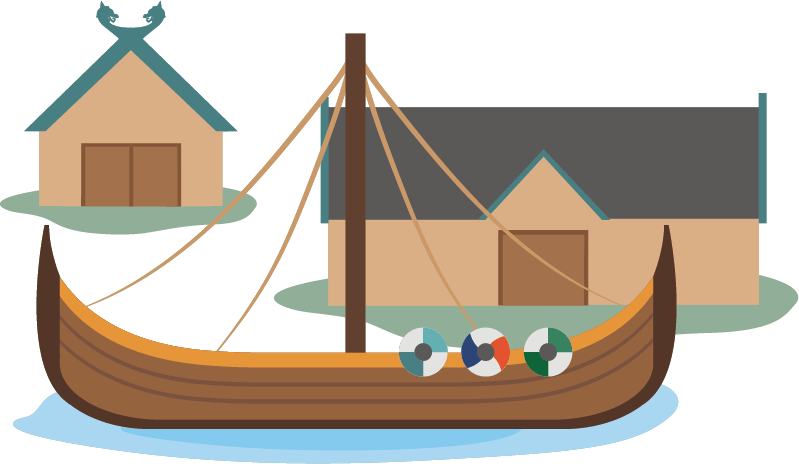The story of Bundsbæk Mølle
Bundsbæk Mølle was built around 1640 by the lord Henrik Lange of Dejbjerglund. Throughout the 1700s, farmers from the surrounding parishes came to Bundsbæk Mølle to have their grain ground. After the state bankruptcy in 1813, poor relief was distributed from the mill, among other things to the rascals who lived on Dejbjerg Hede.

The mill farm at Bundsbæk Mølle burned down in the mid-1800s, but it was rebuilt and completed in 1843. During the First World War, the miller, Andreas Jensen, began selling bone meal from the mill. The bone meal was used, among other things, for the cultivation of the heathland. After the war, he installed a dynamo in the mill so that he could supply electricity to the neighbors. This arrangement lasted until 1948. It was also an arrangement that ensured him an invitation to all the local parties - as long as the miller was there, you were sure to have electricity.
In 1975, the then Skjern Museum took over Bundsbæk Mølle. In 1977, the main building was listed. A thorough restoration of the mill began. The farmhouse with mill wing, utility room and the large baking oven were repaired, and the exhibition buildings were erected. In 1978 the mill wheel could turn again and Bundsbæk Mølle grind flour. Bundsbæk Mølle is the only working watermill on the west coast between Varde and Struer.












